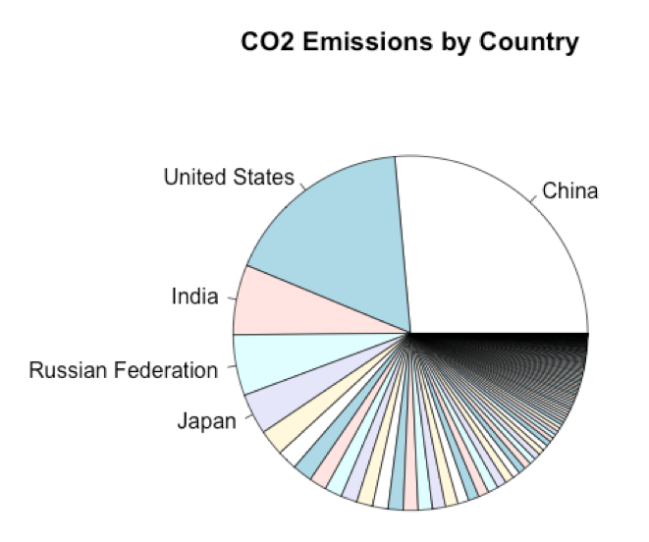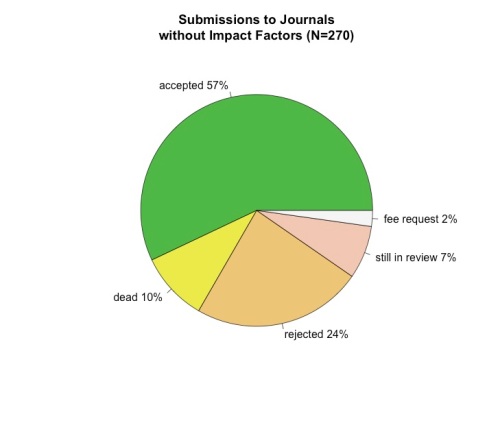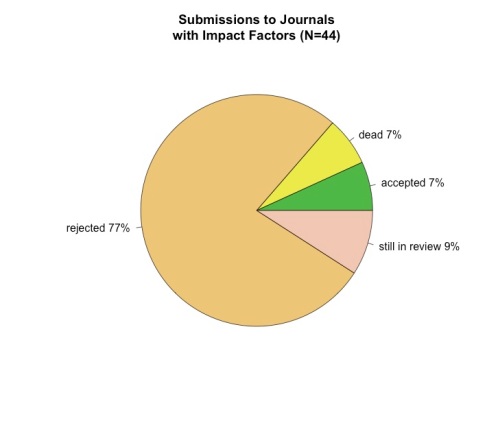I’ll soon be publishing results of a long term study of Hadza spatial behavior, based on over 2,000 person-days of GPS-recorded movement. These data are beautiful to behold. A sample of tracks from one camp are shown here (men in red, women in green).

Superficially, these patterns resemble a tangle of neurons; the ‘nucleus’ at the center here is the residential camp. This isn’t something we address in this forthcoming paper but it is fun to think about. One difference between dendrites / axons and the structure of Hadza GPS traces is that Hadza foragers leave camp in the morning and then return in the afternoon or evening, creating out-and-back-again loops, something not found, I believe, in the structure of neuronal connections (I’m not a neuroscientist!). Axons and dendrites, I imagine, will also be less sinuous between any two points of connection. GPS traces often record people searching for ephemeral and mobile resources, creating densely tangled GPS traces; I’d be surprised if similar structures are seen in inter-neuron connections. Questions like these would be fun to pursue in future work with these data.









